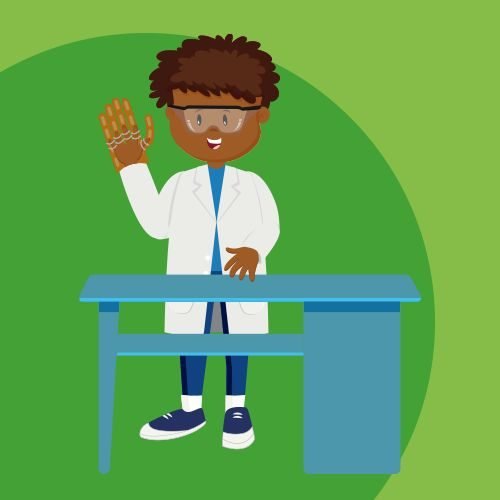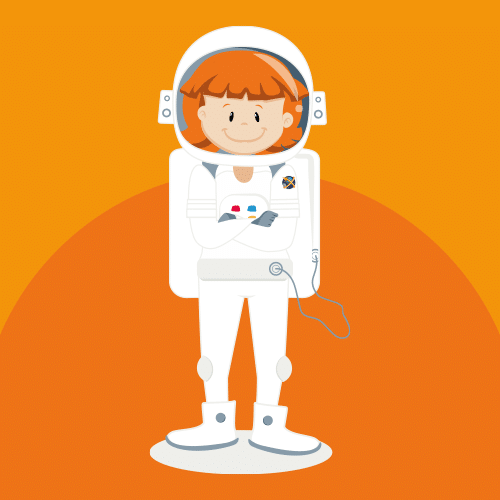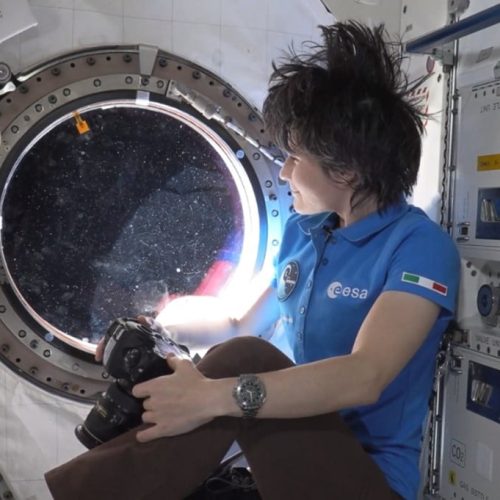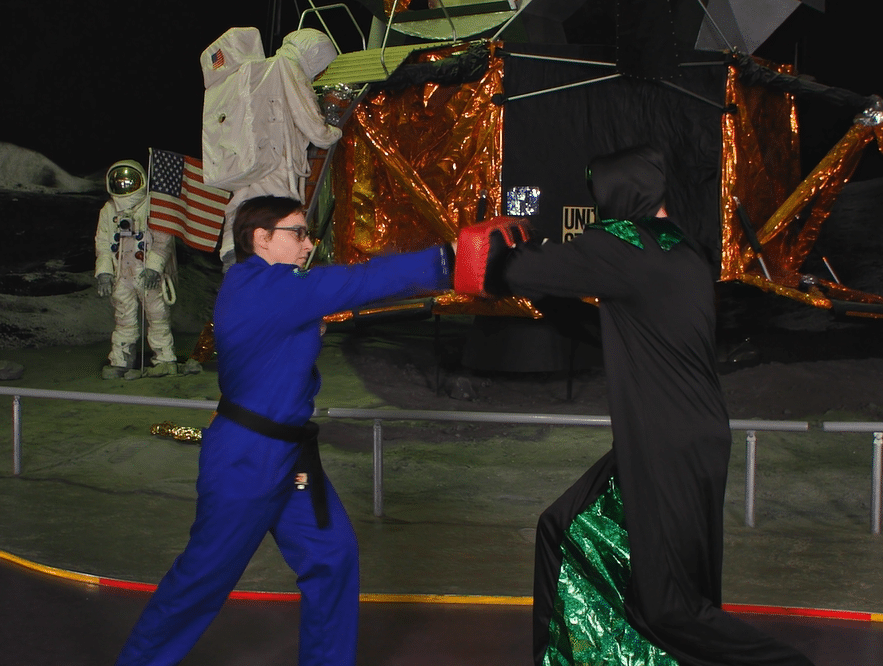Hydration Station
Your Mission: Explore the importance of hydration and identify the signs of dehydration.
- Investigate the importance of staying hydrated, proper hydration methods, and learn to identify signs of dehydration
- Understand the role hydration plays in keeping the body healthy
- Identify hydration levels by creating simulated urine
- Per class:
- Computer with Internet access for teacher use
- Library access
- One LCD projector or overhead projector
- One water bottle picture
- 2-3 bandanas
- Urine color chart
- Per group (3-4 students per group):
- One poster board or chart paper
- One set of Markers
- Two computers with internet access
- One Hydration/Dehydration chart or poster
- Four clear plastic cups
- One disposable 8 inch plate
- Two toothpicks
- One small bottle of Yellow, Red and Green food coloring
- One Urine hydration color chart
- One set of Hydration cards
- Per student:
- Hydration Student Section
- Hydrate the Astronaut
- Urine hydration color chart
- Pencil
Explore more Mission X activities!
Your Mission: Explore the anatomy of the hand and build a bionic hand from cardboard. In a near future, it …
Your Mission: Observe and compare bones, and design bone models to investigate ways to keep bones healthy. Explorers need strong …
Your Mission: Perform a climb training activity on wall bars or a rock wall to improve balance and coordination, and …
Your Mission: Investigate which factors affect plant growth, and relate these factors to growing plants in space. All the things …
You have just had a great day of exploring the Moon, but it’s time to head back to the base …
Your Mission: Follow Samantha’s routine on the ISS for one week and compare her daily tasks to yours. Observe your …
Your Mission: Investigate the relationship between microorganisms and many every day products. Microbes live everywhere, including outer space! Scientists have …
Your Mission: Assemble a puzzle quickly and correctly to understand the importance of dexterity and hand-eye coordination. When working with …
Your mission: Learn the basics of martial arts (karate) to defend yourself against simple attacks and, in case of emergency, …
Your Mission: Perform an activity that blends together squats, pushups, and jumping in the air (burpees) to promote muscular strength, …











